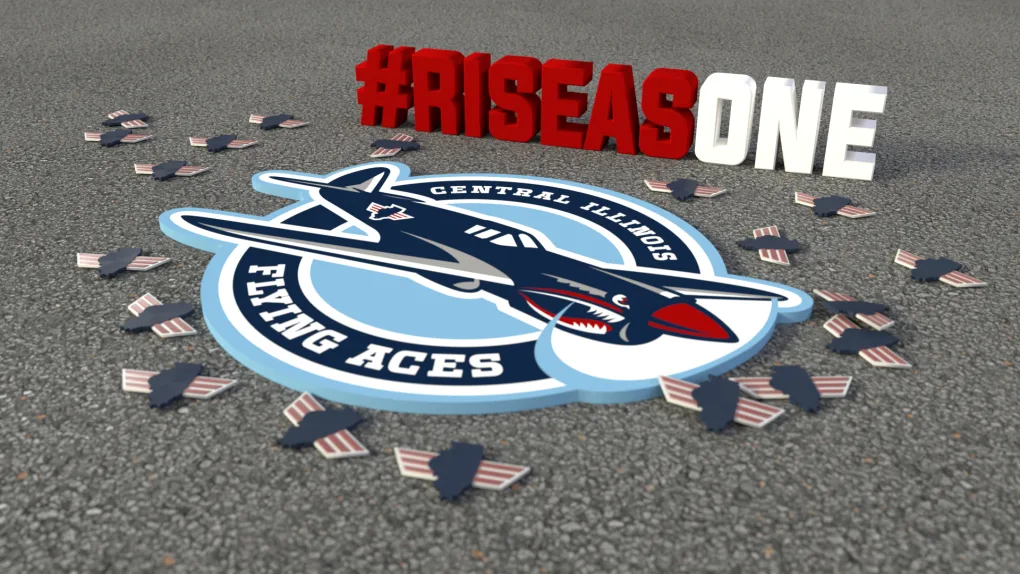Change is a great and horrible thing, and people love it or hate it at the same time. Without change, however, you just don’t move.
Marc Jacobs
Most of us do not handle change well. The status quo is comfortable, reassuring and dependable. We know what to expect, and can plan accordingly. So when a small change is introduced, within a narrow scope, we can usually incorporate that into our existing paradigm without much disruption to our lives (be it at work or at home). But what happens when you take a highly-engaged group of individuals with common goals and change something significant? Does the time allotted before the change impacts their processes play into how well the change is accepted?
An example of this is our local hockey team, now called the Central Illinois Flying Aces. Up until a month or so ago, they were known as the Bloomington Thunder. This previous name has history and traction among their fans, with a significant amount of merchandise and memorabilia in the community and the fan base. In addition, the engagement level of the current fans is significantly high. This means that any change to the branding of the team will be met with varying levels of response, with the only constant being the intensity level of their responses.
Now let’s compare this to a project team or work department that has been working together and become a highly engaged and effective team. Add to this, perhaps, a strategic change or shift in vision that will change the group paradigm. Even if the change only impacts the self-impression of the group, the level of engagement will multiply the potential disruption the change can cause for the team, and the agency as a whole. Because one of our tasks as agents of change, and as leaders, can be to minimize the disruption caused by change, it is critical that changes with this level of emotional impact be communicated early and often.
In the example of my favorite hockey team, this paradigm-shifting change was exponentially charged by several external factors, among which were rumors that the team would be relocating to another area and changes in the team leadership at the highest level. While I am not aware of all of the internal forces around the timing of this change, I can appreciate the effort required to undertake such a foundational change with the beginning of the season only months away and the bravery and dedication to success that drove such a bold move.
It has been interesting to gauge the reaction of the fans during this process, as there have been some vocal opponents and supporters of this change. Much like there would be in any organization who changed the paradigm a team was working under. What the Flying Aces have done well with this change is their continued effort to communicate as much as possible about the reasons for the change, and work to re-establish engagement with their fans during the run-up to the home opener.
Personally, while I had investment in their previous brand, I am a big fan of the new paradigm, and will continue to support the people that play the game regardless of the logo they wear. So when paradigm-shifting change happens, remember that it’s not just the change itself that we need to manage, but also those impacted by the change and their acceptance of the new paradigm. Embrace and accept the change.
(The featured image displays the new primary and secondary logos for the Flying Aces, along with their tagline/hashtag: Rise as One)

